Lower internal rates of return and long payoff times taking toll, findings show in Stavanger
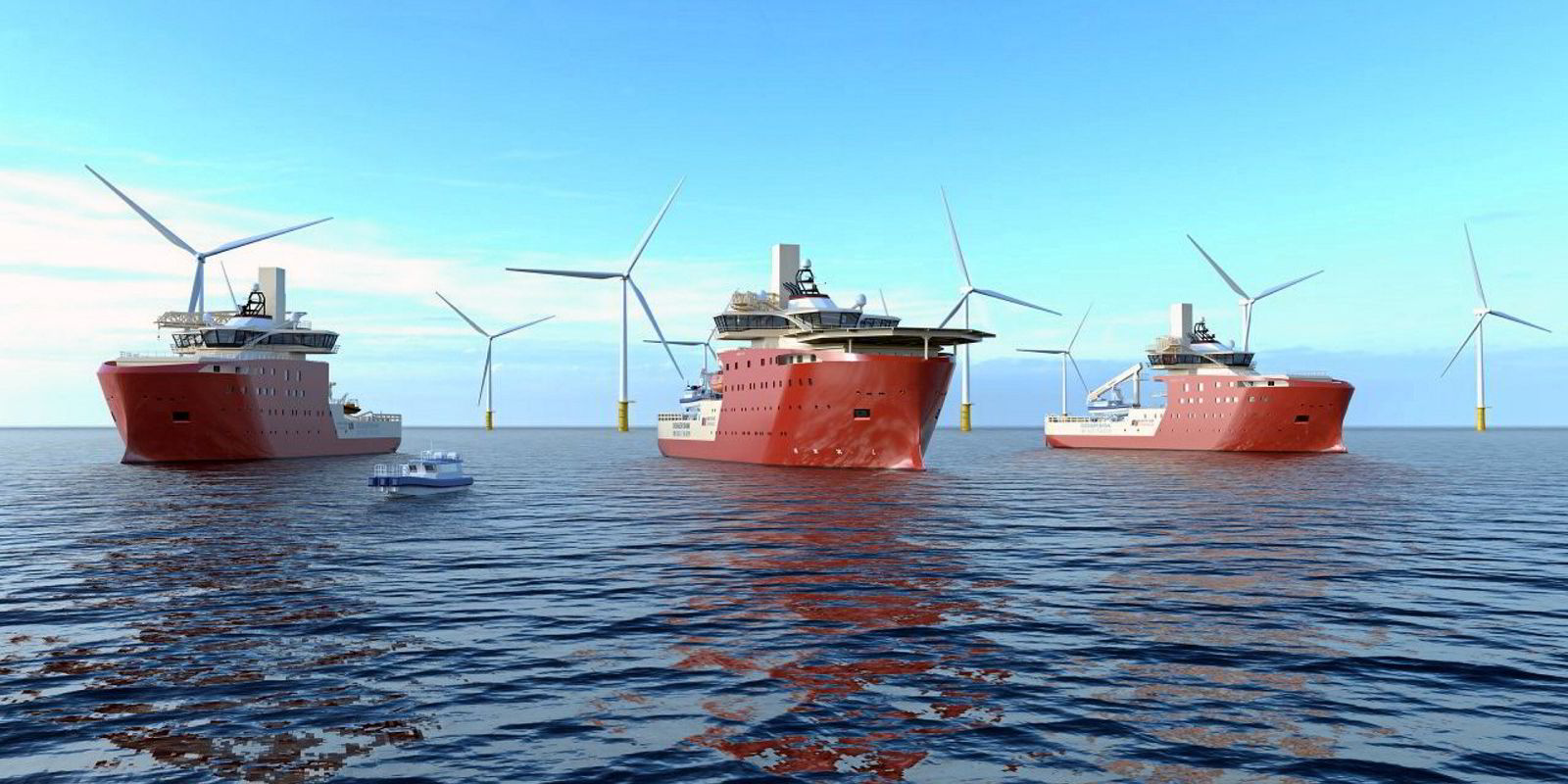
Under construction: North Star Renewables service vessels for the Dogger Bank wind farm

Under construction: North Star Renewables service vessels for the Dogger Bank wind farm
Photo: NORTH STAR RENEWABLES
Shrinking rates of return and long payoff times are eating away at the profitability of some European offshore wind projects, according to new research.
A Norwegian research group has found that the UK's 3.6-gigawatt Dogger Bank — owned by Equinor, SSE Renewables and Eni — has a nominal internal rate of return (IRR) of 5.6% and a payback time of 17 years.
Gain valuable insight into the global oil and gas industry's energy transition from ACCELERATE, the free weekly newsletter from Upstream and Recharge.
Sign up today
The findings, by Petter Osmundsen and Sindre Lorentzen — professor and associate professor at the University of Stavanger's industrial economics section — and Magne Emhjellen, senior economist at Norwegian oil and gas player Petoro, suggest that potential profits from offshore wind in Europe are falling fast.
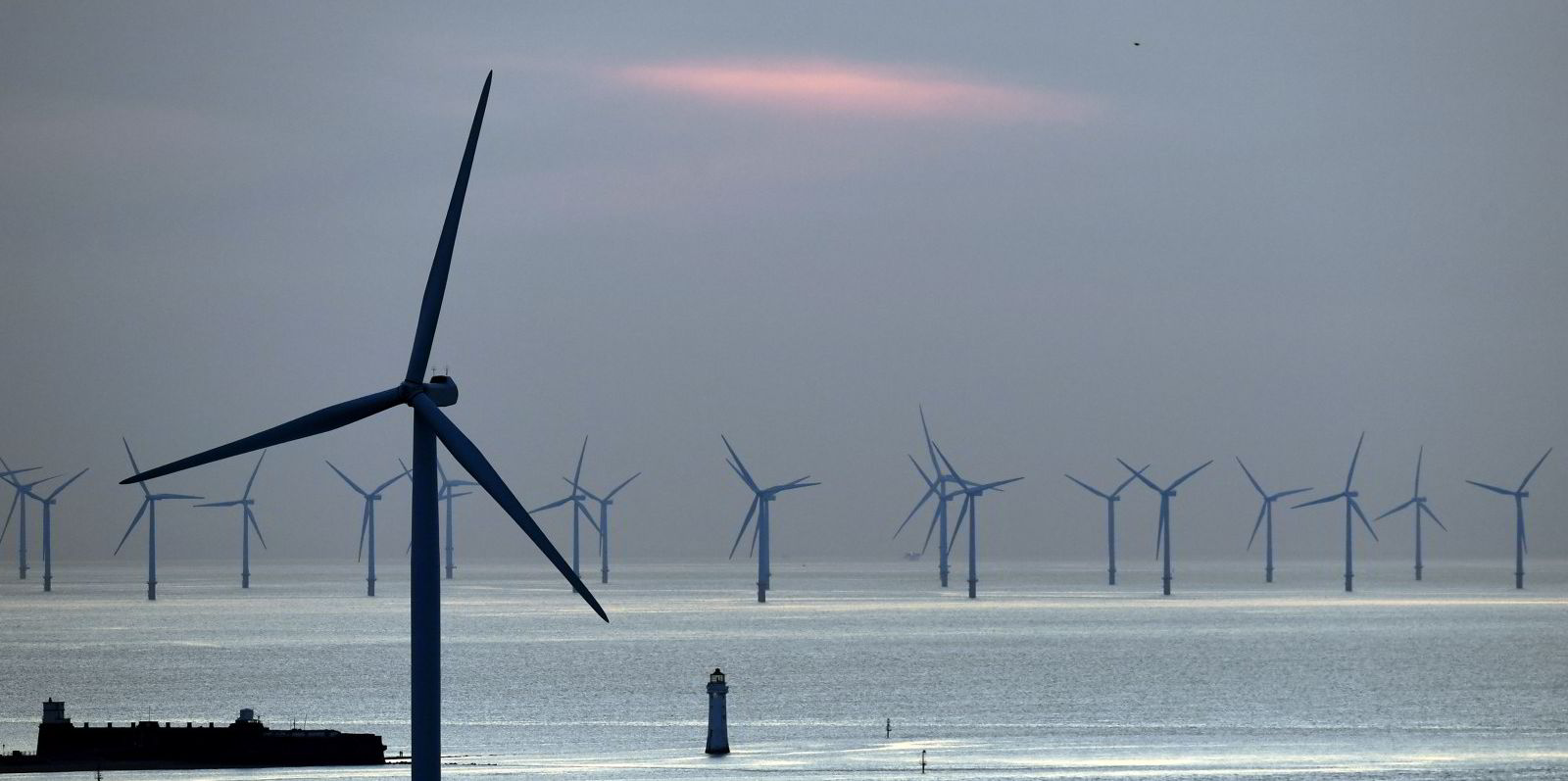
Oil majors BP and Total win in giant UK offshore wind lease roundRead more
The research was published in the conference proceedings of the International Association for Energy Economics' annual meeting.
The research group, which has received funding from the Norwegian Ministry of Petroleum, has made transparent project calculations for selected bottom-fixed UK offshore wind farms.
Osmundsen explained that the background for the development is aggressive bidding for contracts for difference in the UK.
“We have seen the strike price" — the fixed price offered as an incentive for wind energy development — "fall from around £150 [$208] per megawatt hour to around £40 per MWh in the auction rounds (in 2012 terms),” he said.
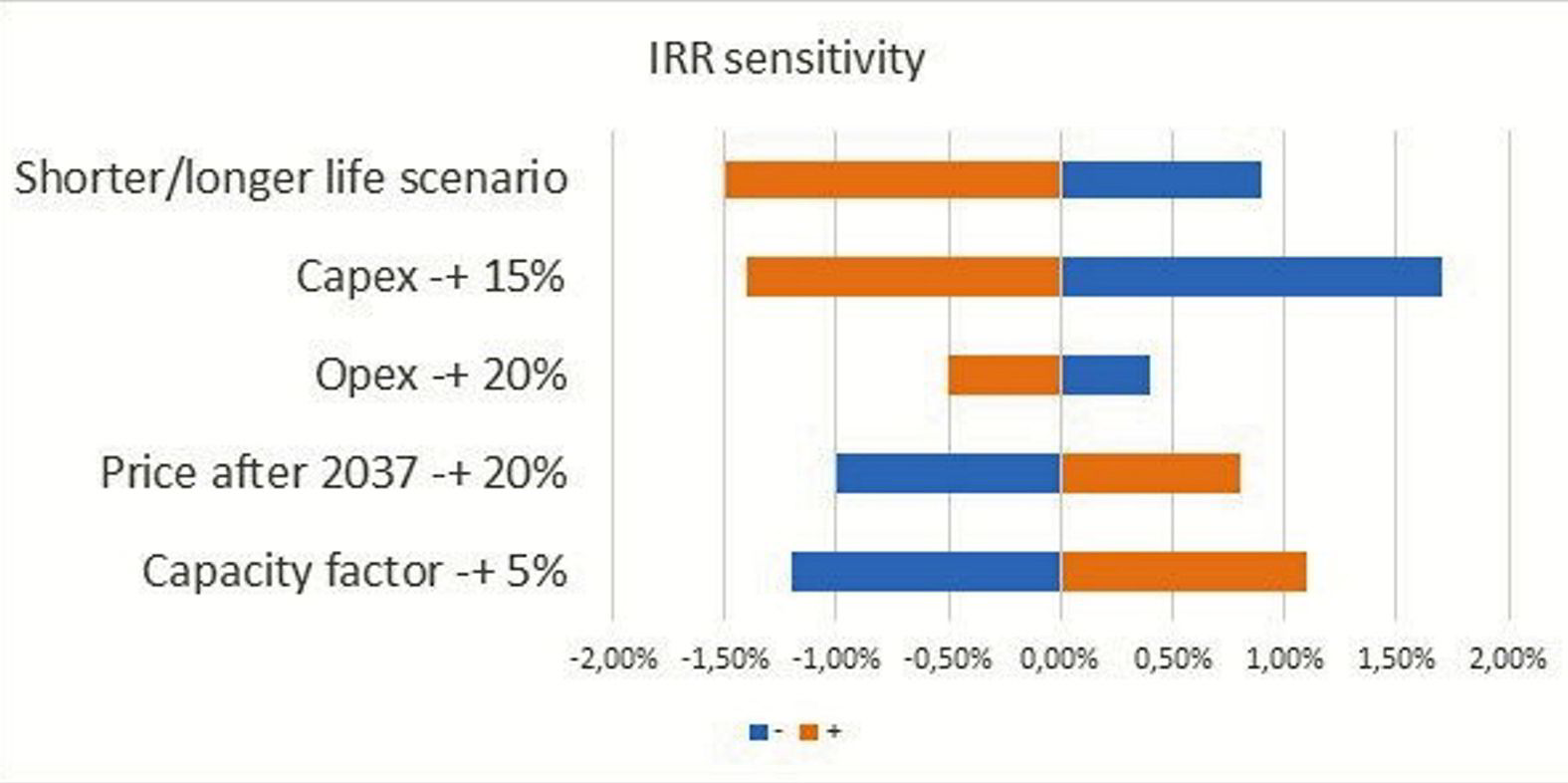 Researchers have accounted for lower risk in oil and gas by reducing the required rate of return. The shorter/longer life scenario is an expected 25 years, plus or minus five years. The price sensitivity is for the period after the contracts for difference terms Photo: Chart PETTER OSMUNDSEN ET AL
Researchers have accounted for lower risk in oil and gas by reducing the required rate of return. The shorter/longer life scenario is an expected 25 years, plus or minus five years. The price sensitivity is for the period after the contracts for difference terms Photo: Chart PETTER OSMUNDSEN ET AL
The researchers made project calculations for the Dudgeon wind farm off eastern England, which was commissioned in 2017 with a strike price of £150 per MWh, and Dogger Bank, which is under construction off north-east England, with a strike price of £40 per MWh.
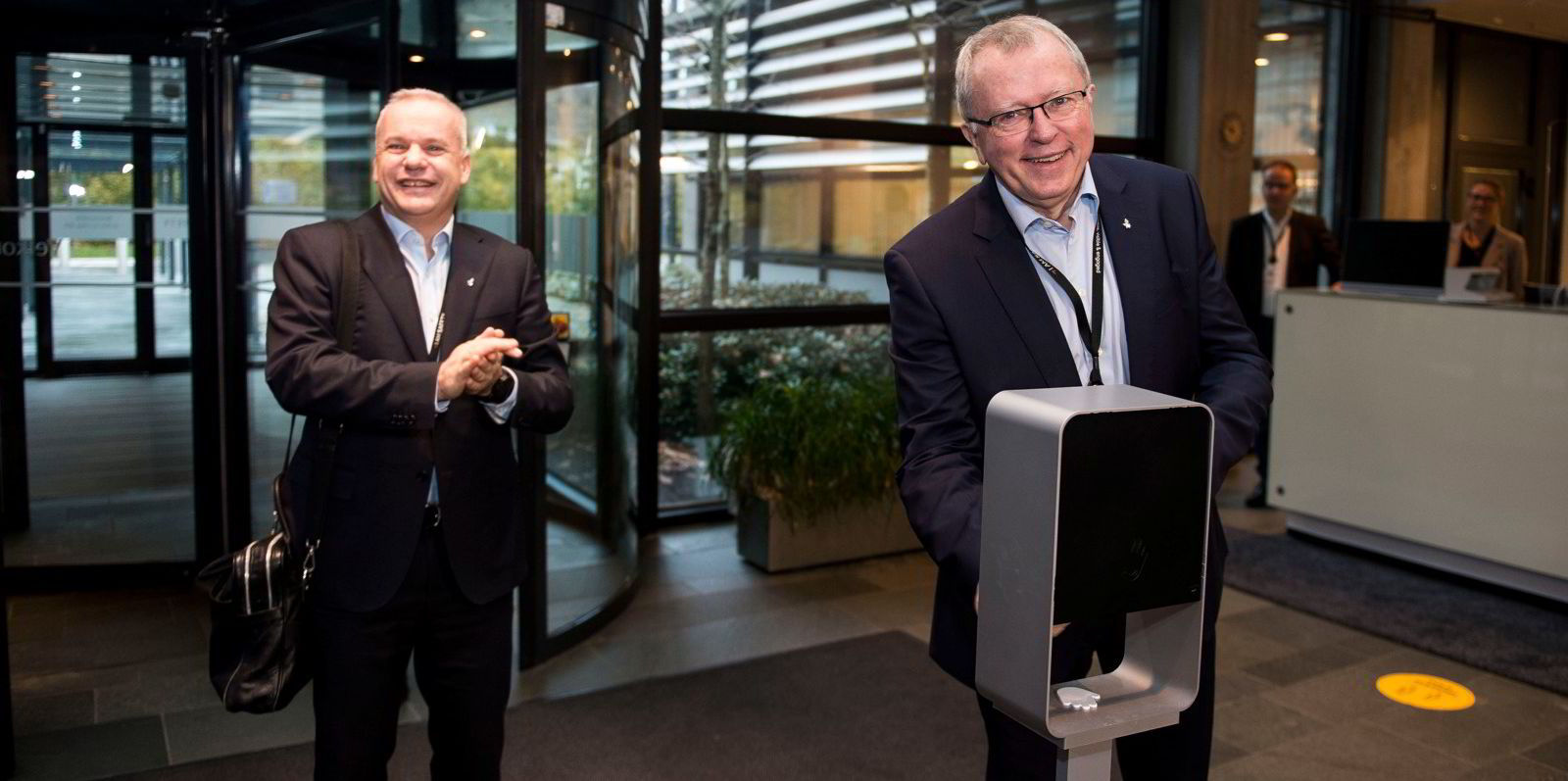
Concerns raised over Equinor's growing project finance debt for renewablesRead more
They found an expected nominal IRR at Dudgeon of 9% and a payback time of 12 years, compared with Dogger Bank's 5.6% and 17 years.
According to the researchers, the expected IRR over a limited number of years has therefore dropped 38%.
They also calculated IRR sensitivities of Dogger Bank.
“We have calculated the expected IRR of the Eni purchase of 20% of the Dogger Bank project at 2.4%, nominal. The IRR for the sellers, Equinor and SSE, increased by 0.7% by the sale,” Osmundsen said, explaining that the increase in return is much lower than for previous farm-outs in offshore wind.(Copyright)
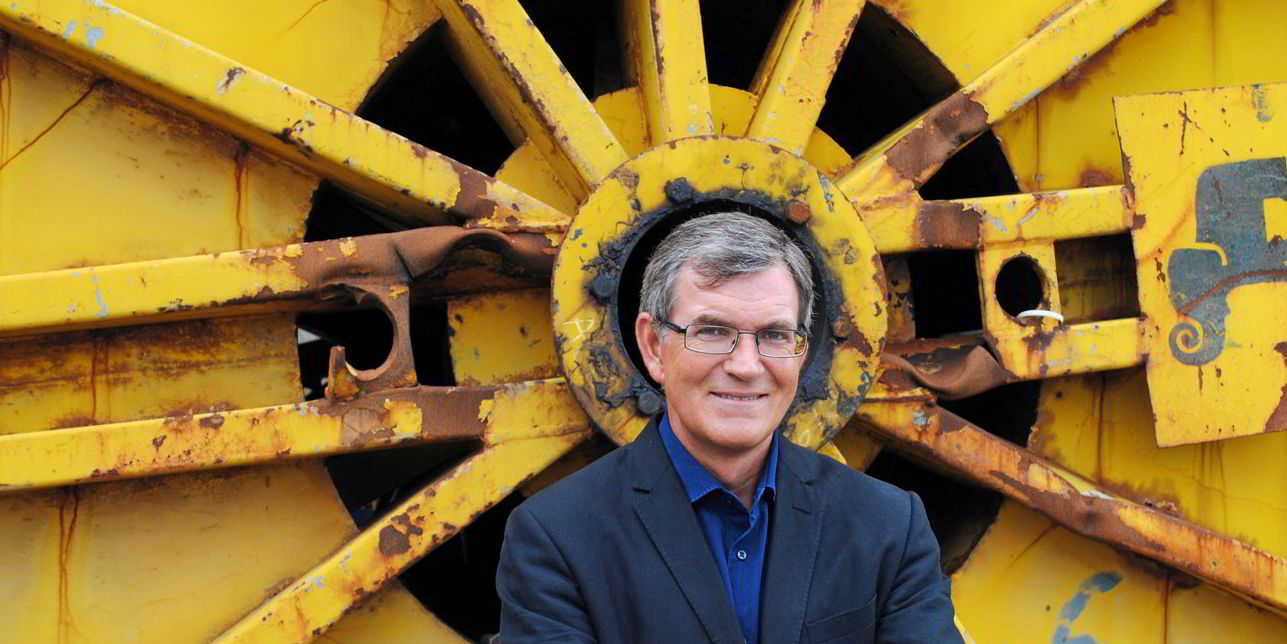
Shrinking rates of return and long payoff times are eating away at the profitability of some European offshore wind projects, according to new research.
A Norwegian research group has found that the UK's 3.6-gigawatt Dogger Bank — owned by Equinor, SSE Renewables and Eni — has a nominal internal rate of return (IRR) of 5.6% and a payback time of 17 years.
Gain valuable insight into the global oil and gas industry's energy transition from ACCELERATE, the free weekly newsletter from Upstream and Recharge.
Sign up today
The findings, by Petter Osmundsen and Sindre Lorentzen — professor and associate professor at the University of Stavanger's industrial economics section — and Magne Emhjellen, senior economist at Norwegian oil and gas player Petoro, suggest that potential profits from offshore wind in Europe are falling fast.

Oil majors BP and Total win in giant UK offshore wind lease roundRead more
The research was published in the conference proceedings of the International Association for Energy Economics' annual meeting.
The research group, which has received funding from the Norwegian Ministry of Petroleum, has made transparent project calculations for selected bottom-fixed UK offshore wind farms.
Osmundsen explained that the background for the development is aggressive bidding for contracts for difference in the UK.
“We have seen the strike price" — the fixed price offered as an incentive for wind energy development — "fall from around £150 [$208] per megawatt hour to around £40 per MWh in the auction rounds (in 2012 terms),” he said.
 Researchers have accounted for lower risk in oil and gas by reducing the required rate of return. The shorter/longer life scenario is an expected 25 years, plus or minus five years. The price sensitivity is for the period after the contracts for difference terms Photo: Chart PETTER OSMUNDSEN ET AL
Researchers have accounted for lower risk in oil and gas by reducing the required rate of return. The shorter/longer life scenario is an expected 25 years, plus or minus five years. The price sensitivity is for the period after the contracts for difference terms Photo: Chart PETTER OSMUNDSEN ET ALThe researchers made project calculations for the Dudgeon wind farm off eastern England, which was commissioned in 2017 with a strike price of £150 per MWh, and Dogger Bank, which is under construction off north-east England, with a strike price of £40 per MWh.

Concerns raised over Equinor's growing project finance debt for renewablesRead more
They found an expected nominal IRR at Dudgeon of 9% and a payback time of 12 years, compared with Dogger Bank's 5.6% and 17 years.
According to the researchers, the expected IRR over a limited number of years has therefore dropped 38%.
They also calculated IRR sensitivities of Dogger Bank.
“We have calculated the expected IRR of the Eni purchase of 20% of the Dogger Bank project at 2.4%, nominal. The IRR for the sellers, Equinor and SSE, increased by 0.7% by the sale,” Osmundsen said, explaining that the increase in return is much lower than for previous farm-outs in offshore wind.(Copyright)

Research: University of Stavanger petroleum economics professor Petter Osmundsen Photo: UNIVERSITY OF STAVANGER
No comments:
Post a Comment